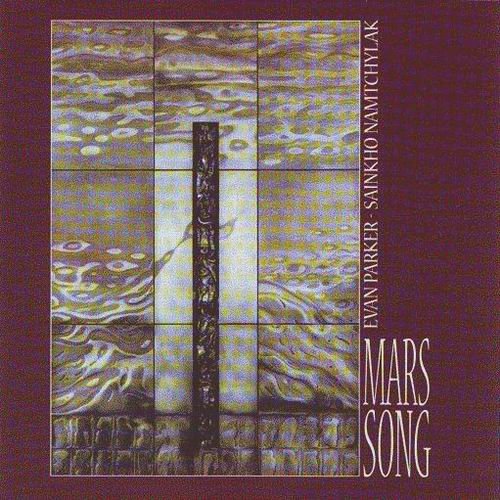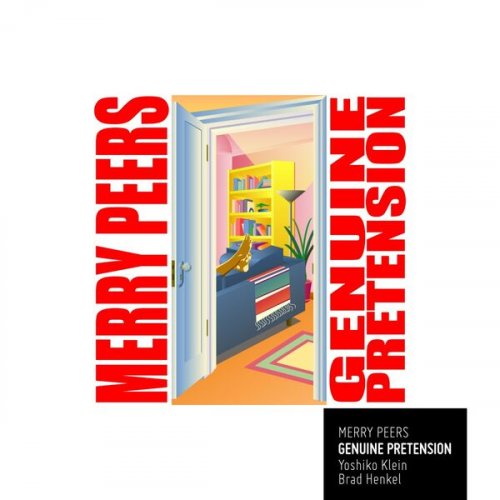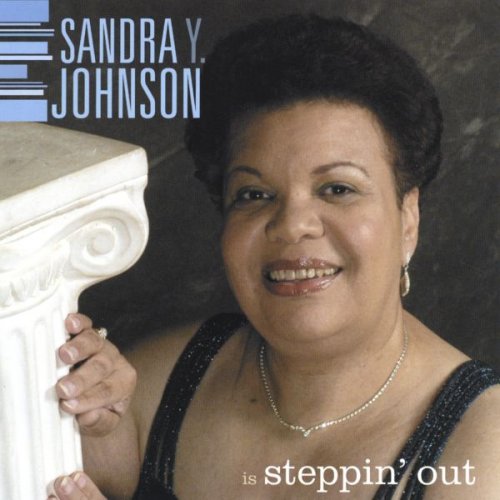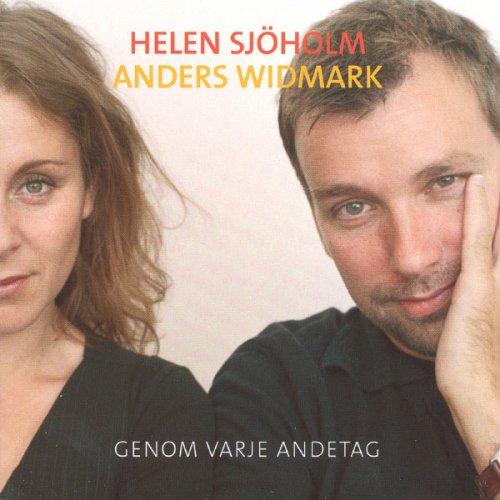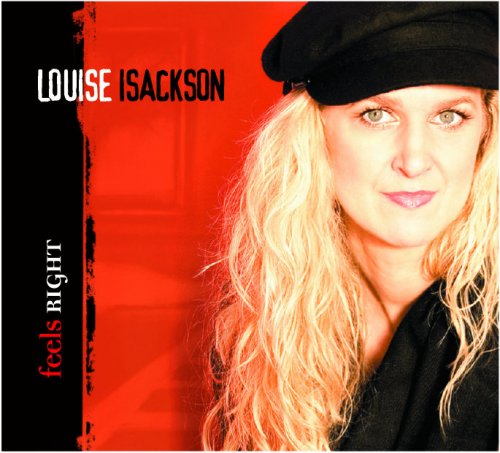Leonidas Kavakos, Camerata Salzburg - Mozart: Violin Concertos (2006)
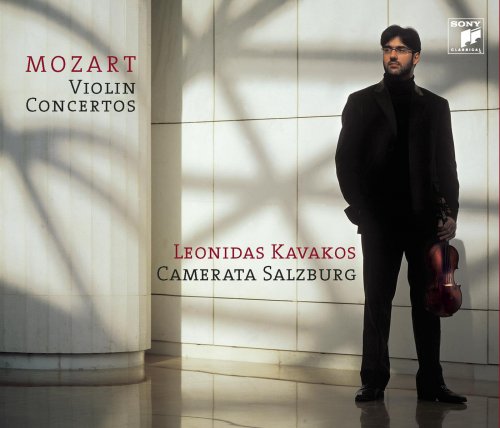
Artist: Leonidas Kavakos, Camerata Salzburg
Title: Mozart: Violin Concertos
Year Of Release: 2006
Label: Sony Classical
Genre: Classical
Quality: FLAC (tracks)
Total Time: 02:24:52
Total Size: 687 / 250 Mb
WebSite: Album Preview
Tracklist: Title: Mozart: Violin Concertos
Year Of Release: 2006
Label: Sony Classical
Genre: Classical
Quality: FLAC (tracks)
Total Time: 02:24:52
Total Size: 687 / 250 Mb
WebSite: Album Preview
CD 1
Violin Concerto No. 1 In B Flat Major, K. 207
1-1 1. Allegro Moderato 8:12
1-2 2. Adagio 7:32
1-3 3. Presto 6:10
Violin Concerto No. 2 In D Major, K. 211
1-4 1. Allegro Moderato 10:01
1-5 2. Andante 7:26
1-6 3. Rondeau. Allegro 4:22
Violin Concerto No. 5 In A Major, K. 219 ("Turkish")
1-7 1. Allegro Aperto — Adagio — Allegro Aperto 9:47
1-8 2. Adagio 9:35
1-9 3. Rondeau. Tempo di Menuetto — Allegro — Tempo di Menuetto 9:25'
CD 2
Violin Concerto No. 3 In G Major, K. 216
2-1 1. Allegro 9:11
2-2 2. Adagio 7:03
2-3 3. Rondeau. Allegro 6:45
Violin Concerto No. 4 In D Major, K. 218
2-4 1. Allegro 8:22
2-5 2. Andante Cantabile 6:32
2-6 3. Rondeau. Andante Grazioso — Allegro Ma Non Troppo 7:07
Symphony No. 39 In E Flat Major, K. 543
2-7 1. Adagio — Allegro 10:45
2-8 2. Andante Con Moto 8:19
2-9 3. Menuetto. Allegretto 4:02
2-10 4. Finale. Allegro 6:10
Performers:
Leonidas Kavakos (violin)
Camerata Salzburg
This ambitious double-disc set is entirely shaped musically by the hot young violinist Leonidas Kavakos, who plays the violin in Mozart's five concertos while conducting the Camerata Salzburg and also conducts the Symphony No. 39 in E flat major, K. 543. It's an impressive performance that can't be accused of not adding anything to the dialogue surrounding these works. Kavakos seems determined to transmit a sense of standing forward on the stage. (Incidentally, though this is billed as a live recording, it's not clear what that means in this case; the booklet lacks any indication of recording location or time, and the recording is completely free of audience presence.) He adds a good deal of ornamentation to Mozart's lines, and he writes his own cadenzas -- big ones. In these he is not alone, but his other stylistic trait is more unusual: often he takes a big pause before his entrances, especially in the opening movements. It's like a pregnant pause in a string quartet, but it comes as quite a surprise in the comparatively lightweight atmosphere of the violin concertos. Kavakos does hold the listener's attention throughout -- there's always something new and different going on in the music. He gives concertos perhaps more weight than they can support, although he creates large, complex interpretations that turn out to be impressively coherent. Perhaps Kavakos' strongest outing here is in the Symphony No. 39, where he employs insights drawn from the historical performance movement and finds a receptive group of musicians in the Camerata Salzburg, which was once conducted by Roger Norrington. The inclusion of the symphony itself is the first favorable point; Mozart, or anyone programming his music in his own time, would have crossed genres in this way, and the program as a whole seizes the listener's interest with the similarities and differences in Kavakos' approaches to concertos and symphonies. You'll hear plenty of brass and drums (perhaps some kind of older tympani) in the louder sections, with both overall transparency and wide differentiation in the music throughout. The contrast between the minuet and its trio is sharp but convincing, and the briskly taken slow movement has a very precise grace. Kavakos comes off as a musician brimming over with original ideas and struggling at times to hold them together -- and succeeding for the most part.
DOWNLOAD FROM ISRA.CLOUD
Leonidas Kavakos, Camerata Salzburg - Mozart Violin Concertos (2006).rar - 687.8 MB
Leonidas Kavakos, Camerata Salzburg - Mozart Violin Concertos (2006).rar - 687.8 MB

